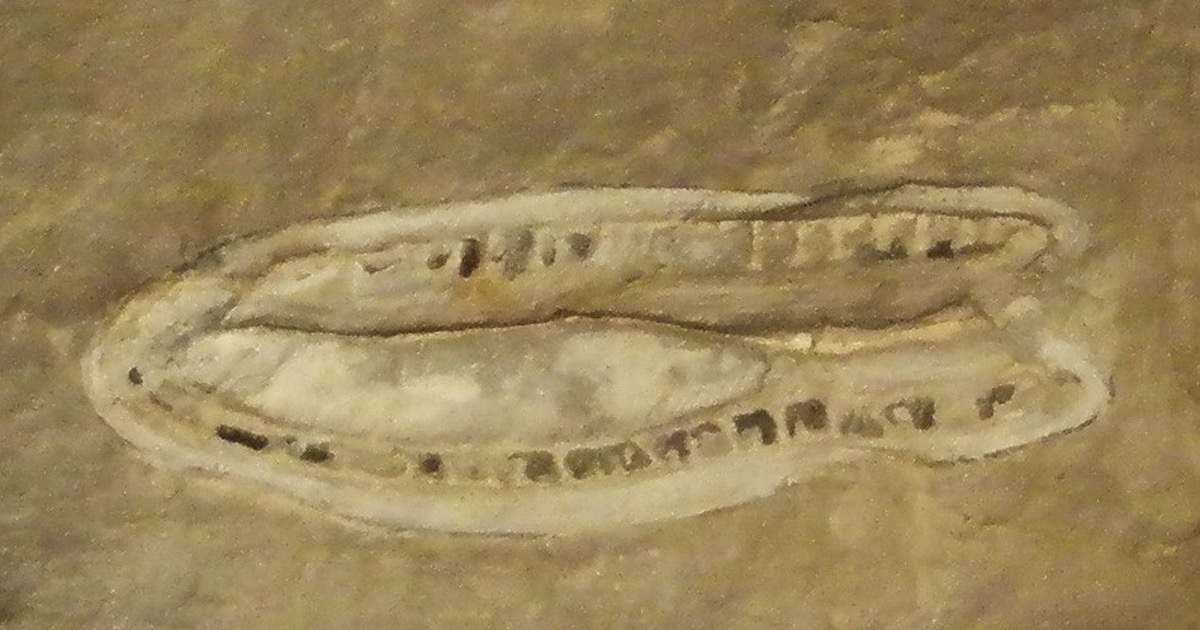 Evolution
Evolution
Conflicting Views about Kimberella’s Ecology

Editor’s note: We are delighted to present a series of posts by paleontologist Günter Bechly on the Ediacaran organism Kimberella. If identified as an animal, it would “predate the Cambrian explosion of bilaterian animal phyla as a kind of ‘advance guard.’” The question is of interest for debates about evolution and arguments about intelligent design raised by Stephen Meyer, among others. Find the full series about Kimberella here.
An earlier interpretation of Kimberella as a jellyfish was displaced by other views. The organism was no longer “considered one of the few definite predators in the ecosystem.” Instead it was recognized as “a benthic deposit feeder or a microbial mat feeder.” This altered “our concepts of late Proterozoic ecology” (Waggoner 1998). Seilacher (1999: fig. 5) and Seilacher (2007). Some have highlighted that a fossil from Ediacara shows a grazing specimen of Kimberella that “did not bother a Dickinsonia growing nearby.”
On the other hand, Ivantsov (2011) described Kimberella specimens superimposed on one another and on Dickinsonia specimens (two possibly overlapping specimens of Kimberella were also mentioned by Coutts et al. 2016). Therefore, Ivantsov (2017) even speculated that Kimberella might have been a facultative predator. Based on the form of the feeding traces and the absence of fecal cords or pellets, Fedonkin et al. (2007b) suggested that “Kimberella was a selective predator or grazer and not a deposit feeder” and that it was “adapted to feeding on the algal or bacterial mats.” However, the authors also said that “there is no evidence that Kimberella was a macropredator.” On the other hand, they could not rule out that Kimberella was “a micropredator feeding on the protozoans or meiofaunal metazoans living by the sediment-water interface.”
In short, based on the same fossil evidence, there is obviously much room for speculation and quite different opinions.
Next, “Kimberella — Conflicting Evidence from Taphonomy.”
